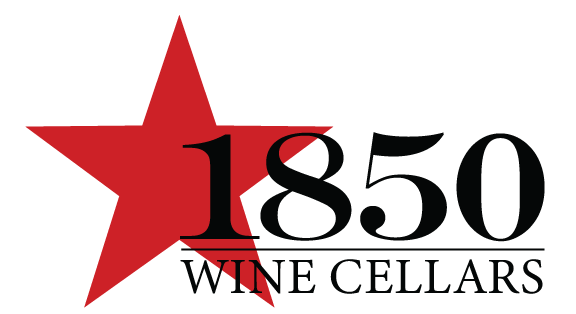Wine is naturally low-carb, but that doesn’t mean you can stop reading here! Alcohol is metabolized a little differently in our bodies than other foods. If health is important to you, you can create a balanced nutrition plan without giving up the wines you love. Let’s take a closer look at what is really going on with alcohol and our health.
First thing is first. Carbohydrates are not necessarily the enemy. There are many nutrient dense carbs that provide health benefits. Most of us remember being told by a more responsible adult at some point in our life that we need to eat our fruits and vegetables. ALL fruits and vegetables contain carbs! In a nutshell our bodies need nutrients to survive. Nutrients such as proteins, fats, and carbohydrates all contain calories. Our bodies burn calories throughout the day and the calories that are not burned are stored as fat. So, excess calories equates to calories stored while a calorie deficit equates to stored calories burned. Of course, that is the short version.
An apple and a donut do not share the same nutrient density. So while you technically could eat only donuts while maintaining a calorie deficit and potentially lose weight, your body would not receive all the nutrients it requires for a normal healthy function. Carbs get a bad rap, because they are more calorie dense and it is much easier to stay in a calorie deficit on a high protein, moderate fat, and low carbohydrate diet.
However, carbohydrates and fats both provide our bodies energy. A healthy nutrition plan contains at least some carbohydrates and will convert glucose from other sources in the absence of carbs. This means that even a very low-carb nutrition plan does not have to be devoid of your favorite wine.
So how many carbs are in a glass of wine?
A glass of wine contains anywhere from 0-4 grams of net carbohydrates.*
*0-4 grams based on a standard glass of wine which is typically 5 ounces and up to 20 g/L of residual sugar for noticeably sweet wines while dry wines will mostly have less than 2 g/L RS and 0 carbs, or carb contents too small to measure.
Where do carbs come from in wine?
The process of fermentation removes virtually all carbs. There is still some residual sugar that may remain, and while it isn’t much to speak of, the carbs in wine come from unfermented sugar.
SIDE NOTE: When you see wines advertising zero sugar keep in mind that most all wine has little to no sugar. What they save you in sugar content is often not worth what they sacrifice in taste, unless you really like dry wines that are not fruit forward at all.
Remember, wine usually starts with grapes and beer with grain which are both higher carb sources containing the sugars fructose and glucose. Yeasts eat the carbohydrates during the fermentation process which produces alcohol, heat, and CO2.
The total carbohydrates in your wine come from the sugars that are left over. This residual sugar varies from drink to drink. A sweet wine can have quite a bit of residual sugar, but a dry wine has very little or no residual sugars. Unlike wine, sugar is added to liqueurs.
Distilled spirits such as vodka, rum, and whiskey have nothing left but the alcohol, so, zero carbs.
But, mixers on the other hand are often full of sugar. A seemingly small two ounces of your favorite mixer for margaritas ro daiquiris can contain as much as 17 grams of carbs.
5 ways you can drink wine in a healthier way?
You might ask yourself “How can I drink wine in a healthier way?” No worries, we have you covered with five ways you can drink wine in a healthier way. Spoiler Alert: It's not really about the wine.
Resist endless snacking - Alcohol has been shown in some studies to increase appetite. Remember how we talked about the effects of a calorie surplus versus a calorie deficit? Eating snack foods such as chips, fries, and desserts that are lower in nutrients and higher in calories can put our bodies in a calorie surplus really quickly. So, watch how you eat while drinking and choose lower calorie nutrient rich foods to piar your wine with.
Enjoy your wine - YES! Of course, you enjoy your wine. We are not saying that you don’t. What we are suggesting is to spend a little more time with each glass. Examine the color, take in all the aromas, and talk about the wine with your friends. Or just bask in your own thoughts as we fully endorse popping a cork alone!
Pour a smaller serving - Portion control is an effective technique that is utilized with food and can be equally beneficial when drinking wine as well. It doesn’t have to feel restrictive. Remember, you can always pour another glass.
Drink once in a day - “Alcohol, whenever taken in, is the first fuel to burn. While that’s going on, your body will not burn fat. This does not stop the weight loss, it simply postpones it, since the alcohol does not store as glycogen (starch), you immediately go back into ketosis after the alcohol is used up.” - Robert Atkins
Enjoy the outdoors - 1850 Wine Cellars is California’s gold standard wine and makes for an excellent pairing with a hike in the great outdoors. Burn a few extra calories, enjoy amazing views, and soak it all in with a glass of your favorite vino.


